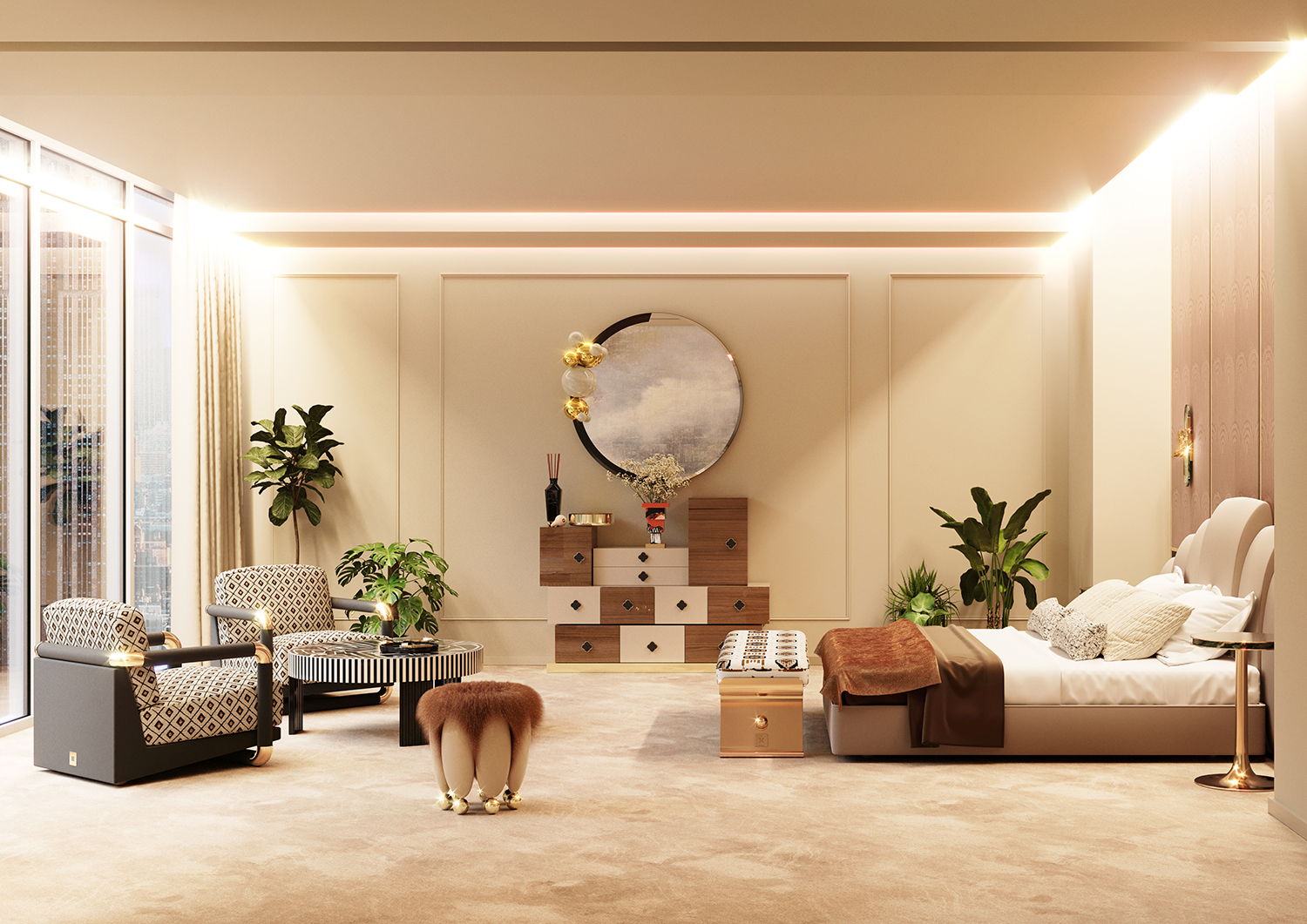Best-rated interior design firms create stunning spaces.
Best-rated interior design firms create stunning spaces.
Blog Article
Transform Your Home With Essential Concepts of Interior Decoration and Visual Appeals
By understanding the influence of shade concept and the importance of texture and patterns, one can develop rooms that are not just visually attractive yet also deeply personal. Attaining this equilibrium involves even more than plain design; it encompasses a strategic arrangement and an eager understanding of how each element connects within a space.
Comprehending Shade Theory
Shade concept is a fundamental aspect of indoor design that substantially influences mood, perception, and general visual. Understanding the concepts of color concept allows developers to develop areas that reverberate psychologically with residents while satisfying functional demands (interior design firms). Colors can be classified into 3 main types: main, secondary, and tertiary. Each group plays an important role in establishing harmony within a space.
The emotional effect of shades is extensive; cozy colors such as reds and oranges stimulate power and heat, while cool tones like blues and eco-friendlies advertise calmness and tranquility. Furthermore, using complementary colors boosts visual interest, creating striking contrasts that can elevate an area's appeal.
Neutral colors, on the various other hand, offer as a flexible backdrop, allowing other layout elements to beam. It is important to take into consideration aspects such as lights and the area's purpose when selecting a shade palette, as these can modify the assumption of shades throughout the day.
Inevitably, a well-considered color system can transform an area, promoting a sense of comfort and style that lines up with the residents' preferences. Mastery of shade concept is, therefore, a crucial skill for any type of interior developer intending to produce harmonious and welcoming atmospheres.
Accomplishing Balance in Layout
Just how can designers attain a sense of equilibrium in their spaces? Attaining balance in design is essential to developing harmonious interiors.
Asymmetrical equilibrium, on the other hand, counts on differing aspects that still achieve a natural look. This strategy enables more vibrant and informal setups, giving rate of interest while keeping stability. By thoroughly choosing differing dimensions, colors, and structures, designers can produce an aesthetically compelling room that feels balanced yet energetic.
Radial balance highlights a main focal factor with elements emitting outward. This design is generally seen in round layouts, where furniture and style produce a cohesive border that draws the eye inward.
Eventually, attaining balance needs thoughtful factor to consider of range, proportion, and the connections between elements. Architecture Firm. By skillfully using these balance concepts, developers can transform rooms into atmospheres that really feel both visually pleasing and functionally harmonious, enhancing the total experience for residents
Value of Spatial Understanding

A keen feeling of spatial recognition enables developers to Find Out More recognize centerpieces within an area, directing the audience's attention to vital features while maintaining a general feeling of unity. It likewise assists in the tactical placement of lighting, which can drastically influence the understanding of area and mood. Recognizing spatial connections allows the designer to provide to the particular needs of inhabitants, guaranteeing that each area offers its desired function without endangering visual appeals.
Eventually, spatial awareness is essential for making the most of the potential of any kind of interior space. By carefully thinking about the interplay between dimensions, format, and feature, designers can produce atmospheres that not only satisfy functional needs yet likewise evoke a feeling of comfort and charm, boosting the total living experience.
Including Structure and Patterns
Welcoming a diverse series of textures and patterns can dramatically improve the visual and responsive charm of an interior space. The calculated use numerous materials-- such as timber, metal, textile, and stone-- creates depth and passion, making a room really feel a lot more inviting and dynamic. Combining smooth surface areas with harsh textures can develop a balance that draws the eye and engages the detects.
When incorporating patterns, think about both scale and repeating. Big patterns can function as prime focus, while smaller, subtle styles can complement various other elements without overwhelming the room. Layering patterns, such as pairing flower cushions with candy striped tosses, adds complexity and a sense of consistency if performed attentively.
It is likewise critical to keep a natural color combination, ensuring that appearances and patterns work together instead of contend for focus. By choosing a few essential textures and patterns, you can produce a combined aesthetic that reflects your personal design while enhancing the overall ambiance of the area. Inevitably, the cautious unification of these components can transform an ordinary space into an innovative atmosphere rich with personality and warmth.
Personalizing Your Space
Creating an area that mirrors your character is crucial to accomplishing an absolutely More Help inviting atmosphere. Customization in interior decoration permits you to infuse your special style and passions right into your home, changing it from a plain sanctuary into a refuge that talks to who you are. Begin by choosing a color scheme that resonates with your feelings-- vibrant tones can energize, while soft tones use serenity.
Incorporate art work and decoration that mirror your interests, whether it be travel, nature, or abstract ideas. Showing individual collections, see it here such as books, pictures, or keepsakes, can stimulate cherished memories and develop prime focus within an area. In addition, consider personalizing useful pieces, like upholstered furniture, to straighten with your visual preferences.

Conclusion
In verdict, the makeover of a home with the necessary principles of interior decoration and aesthetics requires a thorough understanding of shade theory, balance, spatial recognition, structure, and customization. Each element contributes substantially to producing a harmonious and practical living atmosphere - miami luxury interior design. By thoughtfully integrating these concepts, individuals can improve the visual appeal and emotional vibration of their rooms, eventually cultivating a home that shows unique identities while offering convenience and usefulness
Report this page